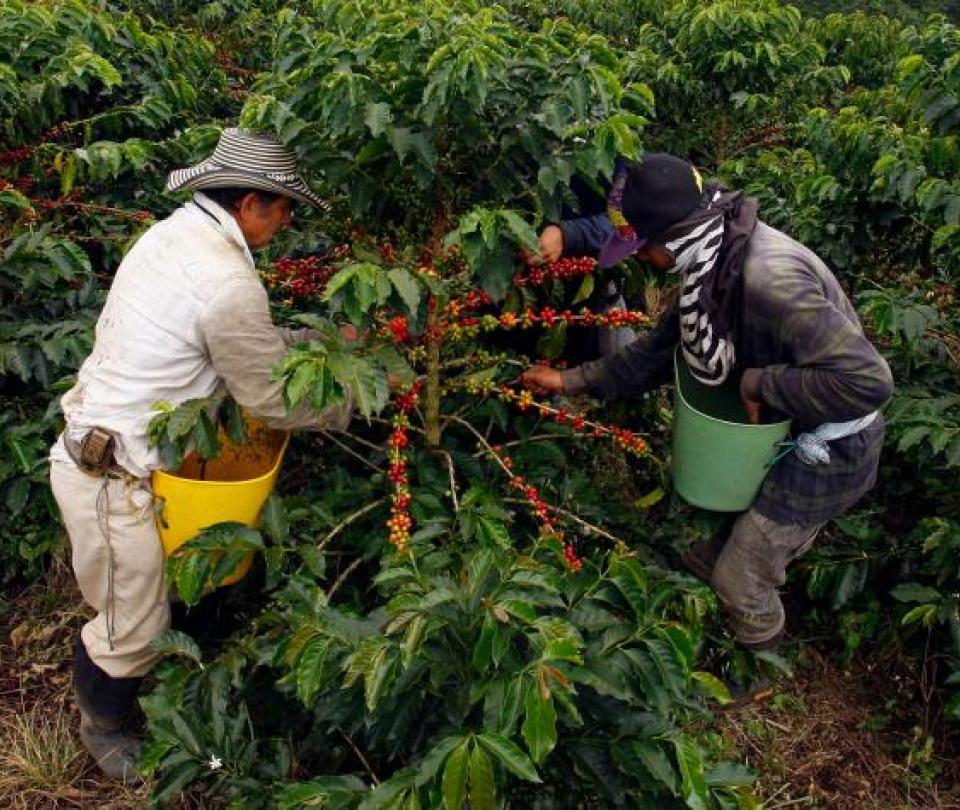With regard to the Coffee Summit that is being held from today in Cartagena, Gustavo Gómez, president of the Colombian Coffee Exporters Association (Asoexport), spoke with Portafolio about the expectations of the event and how the country is doing in terms of coffee exports.
What expectations do you have with the summit?
It is a very interesting space attended by exporters, international clients, business partners and producers. This event is based on reconnecting both producers, exporters, national and international clients. We will also have an academic space to understand the vision of what is coming in the coming years.
(Read: Tax: this is how the debates progress in the plenary sessions of Congress).
How many attendees are estimated?
We expect over 300 people this year. It is an important participation considering that it is a niche event. Generally, the people who attend are managers, owners of companies or farms, so it can be said that it has a business focus.
How is the coffee sector in terms of exports?
They have been decreasing because we have had a lower production due to the ‘La Niña’ phenomenon. We have been like this for almost three years in a row, going from production levels of 14 million bags to 11 to 12.5 million bags. Normally, most of the coffee produced in Colombia is exported at 92% or 93%, so, with these international prices, there is motivation for the production to be exported.
Why is per capita coffee consumption so low in Colombia?
It is definitely a promotional item. A specific topic of internal consumption and that has a history. Before, only excellent coffee could be exported, the coffee that did not meet the minimum qualities ended up staying here in the industry. People got used to drinking coffee that was perhaps not of the best quality. However, this has changed.
What characterizes Colombian coffee in the world?
Aroma and acidity are fundamental factors. In Colombia the process is still artisanal and controlled. It is handmade, a process that sometimes other origins do not have. In all this, the quality of the coffee prevails.
If coffee is at US$1.90 in the stock market, Brazil has a -50, while our country has a +60 in dollar cents. This shows that Colombian coffee that arrives on the New York Stock Exchange immediately has 80 cents in its price just for that process.
What defines the price of coffee?
The first thing is the New York Stock Exchange, coffee is also traded with a differential because the other values are fixed and that also determines the internal price. Generally, the Federation publishes a reference price, which is the value for which all cooperatives are obliged to buy coffee. That is what is called Purchase Guarantee.
(Also: Board of Ecopetrol maintains support for Bayón in the company).
Who exercises that guarantee?
The Federation and also private exporters. Part of the resources of the National Coffee Fund go to lend resources to coffee grower cooperatives so they can buy coffee, but a large number of national and multinational actors here are in competition to buy that coffee, so you always pay. In fact, the challenge is to buy coffee. In addition, it is also recognized because the Café de Colombia brand has done a good job in positioning the product internationally.
How many exporters participate in Asoexport?
Depending on production, the Federation exports 18%, private exporters export the remaining 82%. Of these there are at least 1,700 companies with export registration, however, of those more or less there are 120 companies that trade internationally. Regularly of these, 20 companies represent 90% of the country’s exports.
What are the main destination countries?
The main one is the United States with 40% and 45% of exports. The second is the European Union and the other important market is Asia. Japan is an important market, although it has been decreasing a bit due to regulations that are required to export to that destination, it represents more or less 8% of exports. And China has been increasing in double digits. It is a market that foresees potential growth in the future.
How do you see other competitive markets such as Vietnam?
After Brazil, Vietnam is the second producer but it produces robusta coffee, not Arabica coffee. This is a different business model, it is not listed on the New York Stock Exchange, nor by the pound. It is listed on the London Stock Exchange by tons.
The third is Colombia which produces mild washed Arabica coffee. The replacement of what could be Colombia is Central America, because it produces coffees similar to the Colombian one, however, the volumes are low.
Diana K. Rodriguez T.


![[Img #74664]](https://thelatestnews.world/wp-content/uploads/2024/12/James-Watson-The-controversial-genius-behind-the-double-helix-150x150.jpg)








